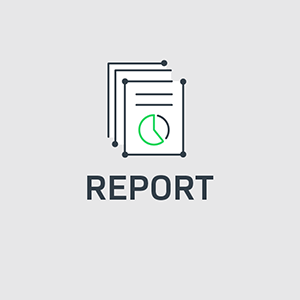In my first blog in this series I covered two factors that affect renewals: product- and purchase-related factors. I’ll now cover upgrade-related factors as they relate to software licensing renewal management processes and how you can drive more revenue from higher software licensing renewal rates.
So why are upgrade-related factors important? Customers buy software maintenance for two reasons: (1) access to technical support and (2) accessing new releases (upgrades) for “free.” Consequently it’s important that they get value out of those upgrades.
Tip #7: Provide meaningful upgrades at least once a year
Getting an upgrade every 2-3 years make customers/enterprises start to think about “self-insuring” – where it might be cheaper to buy whole new licenses every 3-4 years than paying the maintenance for that period of time.
Tip #8: Upgrades should be on the customer’s timeline, not the producer’s – and it should be available for as long as the upgrade isn’t end-of-life’d
These are basic rules about upgrades:
- Don’t force your customers to upgrade. Make them want to upgrade.
- Make it easy for them to upgrade whenever they want to.
- Make it easy for them to “trial” the upgrade.
- Make the upgrade available even when they are no longer on maintenance (assuming it’s not a subscription). They should have access to every upgrade available during maintenance coverage.
Tip #9: Make sure your upgrades are only available to customers that pay maintenance
There are a number of strategies for this:
- Before allowing a customer to download an upgrade, check whether they were on active maintenance on the upgrade’s release date.
- When doing push delivery of upgrades (pushing to the device automatically), validate against maintenance entitlements.
- Change version numbers on your license keys. Do this once or twice a year, don’t do this for every upgrade. Best practice is to use “in-product activation” for a great customer experience.
Tip #10: Allow customers/enterprises to elect/identify upgrade contacts
Notification of upgrades often come from mass emails. Often those notices end up with the original purchasing agent or the budget authorizer that may have left the company. By providing a mechanism to say “Amy wants to receive upgrade notifications for product X and John wants to get notifications for product W”, producers are more likely to notify the right person.
Recently I was talking to an unhappy customer who said “we went live and then we never heard back from you.” This customer was using one of our first releases of FlexNet Embedded and thought we had abandoned the product! It turns out that the customer contacts from the initial purchase had all left the company. Once we provided them with a large number of release notes and updated their contacts, they were quite excited at the rapid pace of evolution of our products.
Tip #11: Make the fact that upgrades are available known in as many possible methods as you can
Send mass email notifications to the right folks. Make those software upgrade notifications polished – describes some key changes, perhaps add video links. Send those notifications in the recipients’ native language.
Use your entitlement management system’s notification tool to promote your upgrade. If your product is a consumer product, push notifications directly to your application. Conversely, do not do this with enterprise-wide products as it will annoy IT and managers who want to control upgrade cycles.
Consider using in-product notification based on information from your software licenses, like posting upgrade-related messages on a management console. Be careful to avoid annoying end-users if providing enterprise-level products.
Continue reading – Part 3 of this series.


